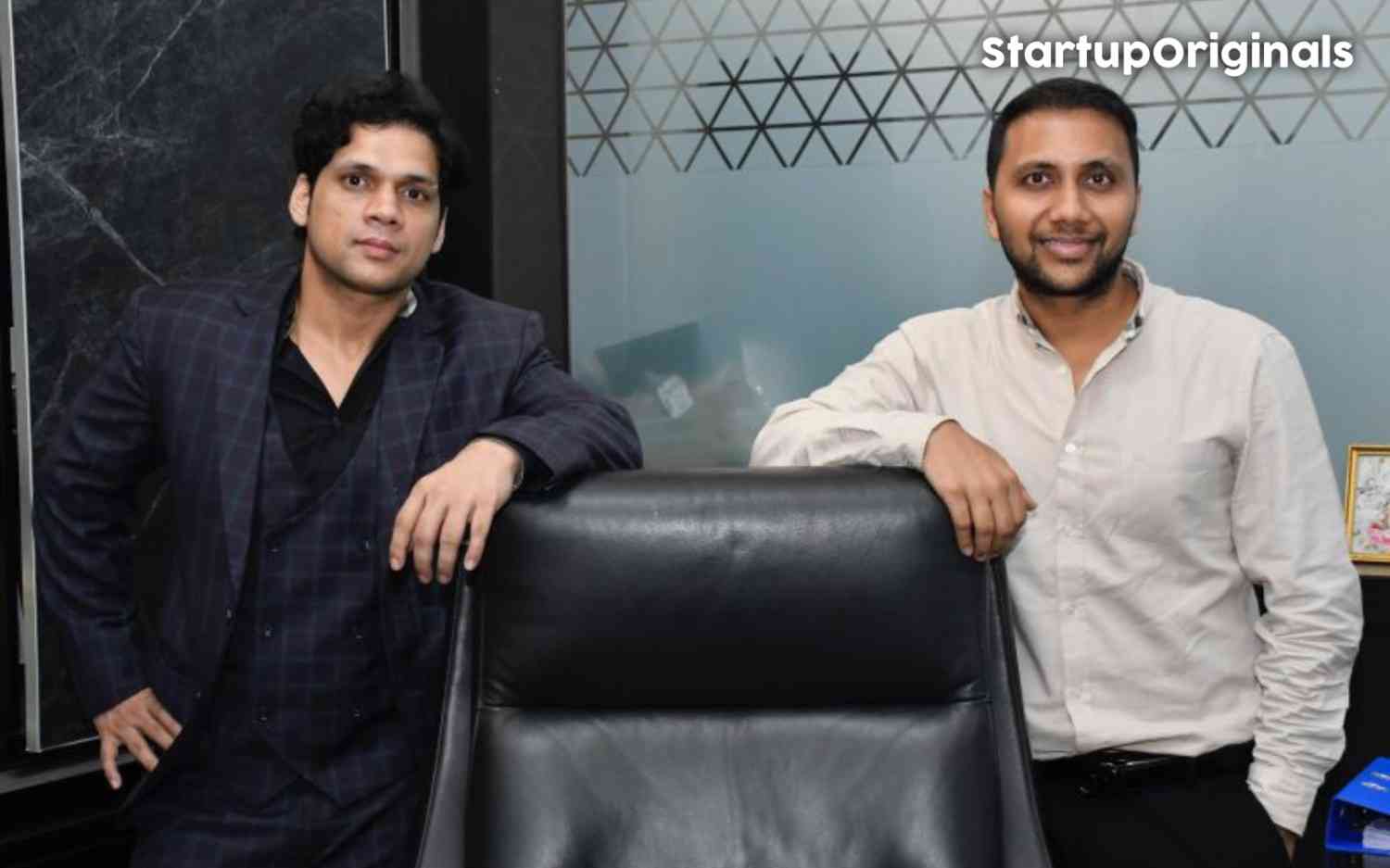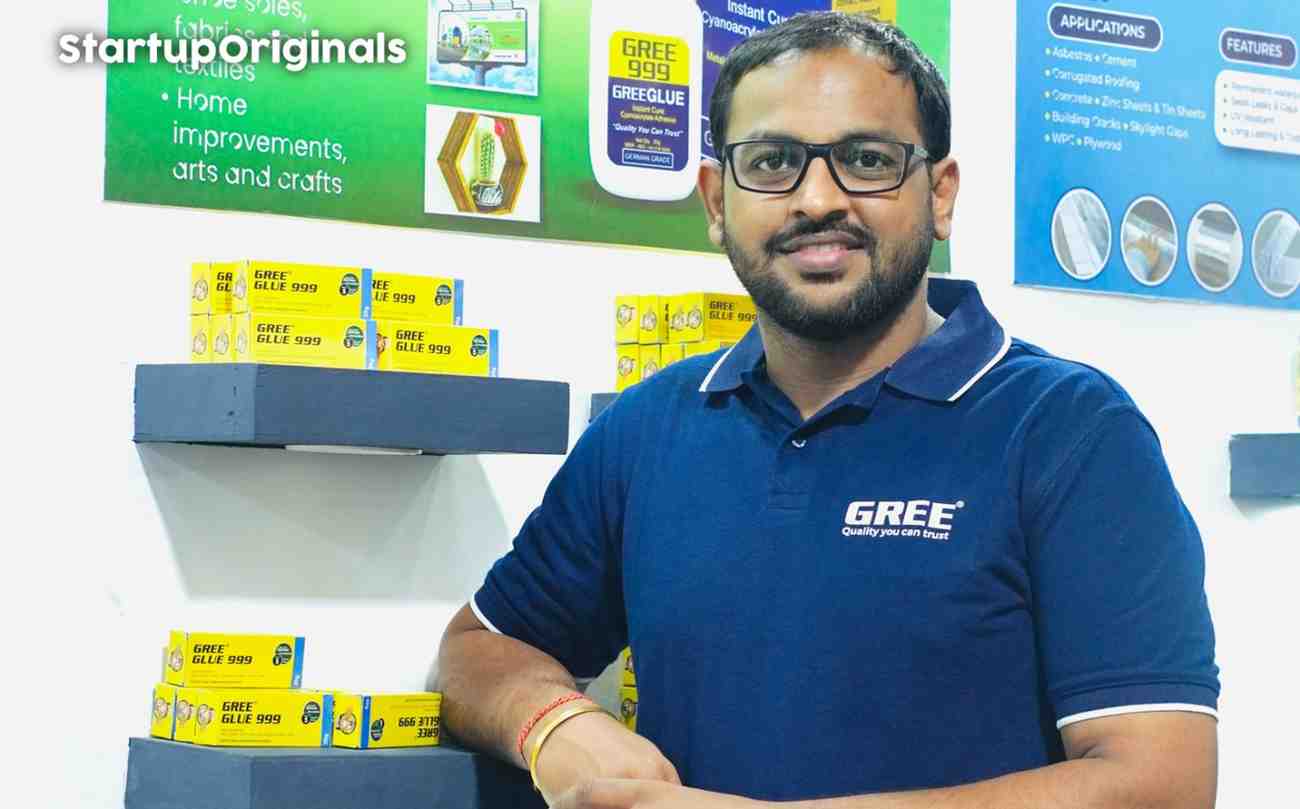
FirstCry started with a simple mission: make quality baby products easily accessible for Indian parents. Frustrated by the limited choices available locally, the founders wanted to change the landscape by offering a large selection of trusted international brands through a convenient online experience.
Origin and Founders:
Supam Maheshwari and Amitava Saha, both IIM graduates, identified the gap in India’s market when they found themselves relying on overseas trips to buy products for their own babies. Supam’s previous entrepreneurial stint with Brainvisa, and Amitava’s ability to scale businesses gave FirstCry a strong foundation. They launched the company out of a rented bungalow in Pune, tackling the complexities of warehousing and logistics from day one.
The Business Model:
FirstCry began as an inventory-based, online-only retailer but quickly evolved into a hybrid model, operating both online and offline stores across India. Their curated inventory includes over 20,000 items spanning more than 250 renowned brands including Pampers, Disney, Hotwheels, Medela, and Funskool. FirstCry pioneered unique customer acquisition strategies, notably the ‘FirstCry Box’ program, which distributes gift boxes to new parents in hospitals-reaching over 70,000 families monthly.
Growth and Expansion:
- FirstCry’s funding journey was robust, with early investments from SAIF Partners and IDG Ventures, and a major leap after SoftBank invested nearly $300 million in 2020.
- The platform’s valuation rose to $1.9 billion by 2021, making it a unicorn in the Indian retail space.
- FirstCry thrives both online and offline, with partnerships across 7,800 hospitals for its gift box distribution model.
Market Impact and International Foray:
FirstCry is not just a one-stop shop for Indian parents but is also expanding internationally, now operating in the UAE and Saudi Arabia. Their model of in-house warehousing and logistics proved replicable and profitable outside India, solidifying their reputation as a dominant force in the sector.
Lessons from the FirstCry Story:
- Building with purpose: Founders identified and solved a real problem facing Indian parents.
- Innovation in customer engagement: The FirstCry Box brought the brand directly to new parents before they ever visited the site.
- Adaptability: Moving from an inventory-only website to a hybrid network of retail stores helped them scale faster and reach more customers.
- Persistence pays: Success was not overnight-consistent vision, funding, and operational excellence built FirstCry’s legacy over 15 years.
Conclusion:
From a problem faced by fathers to a billion-dollar company, FirstCry blends passion, innovation, and strategic execution. As of today, it’s the go-to platform for millions of parents in India and beyond, continuing to set benchmarks for startup success in retail.




